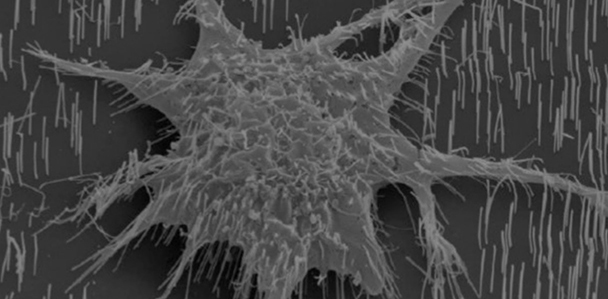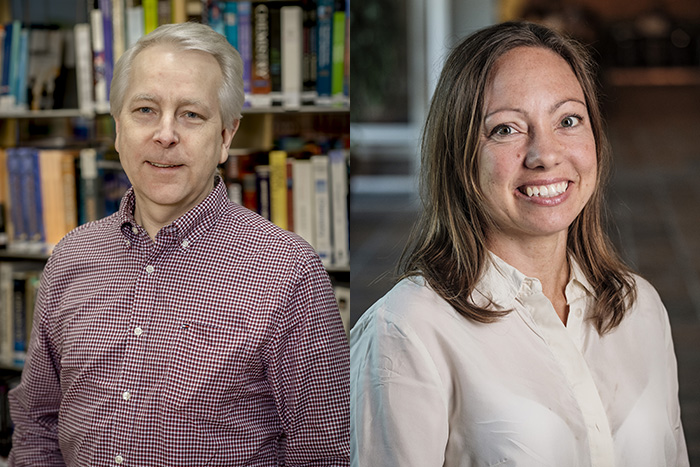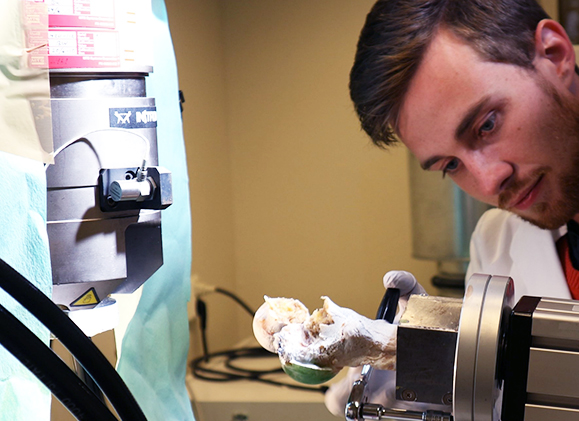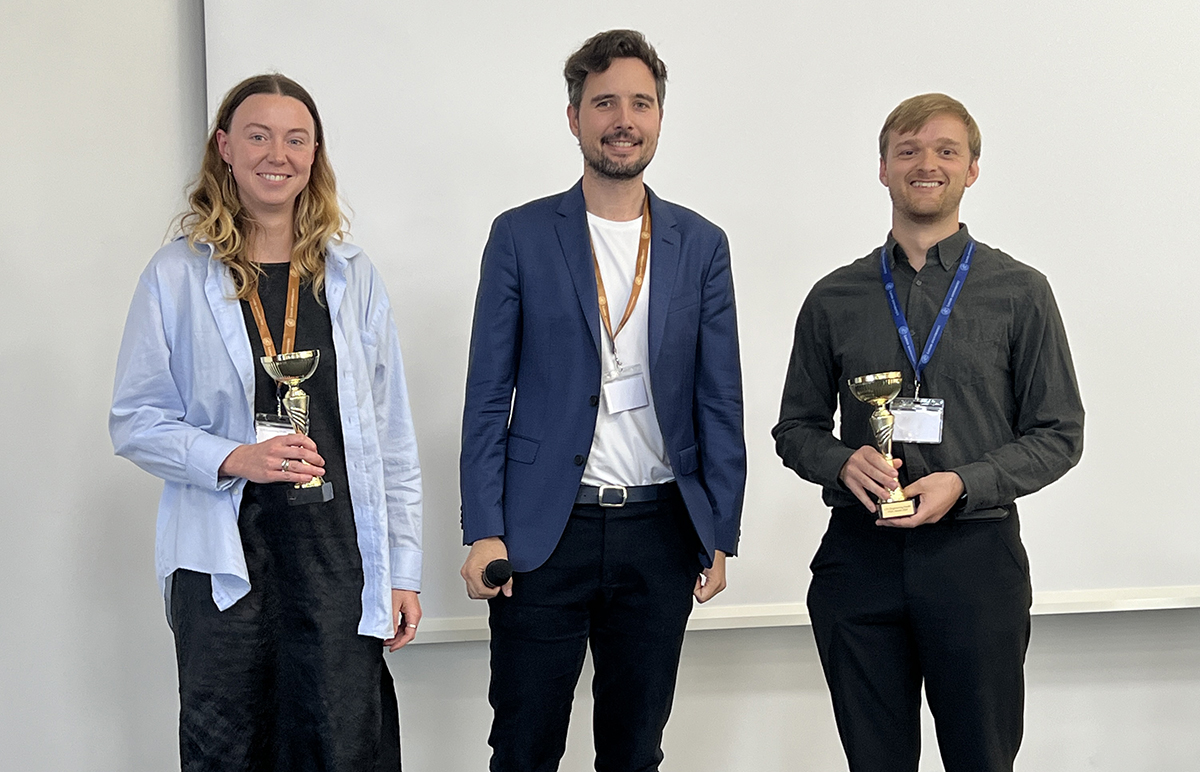
LTH Profile Area: Engineering Health
In view of an aging society and the increasing demands on access to healthcare we need to find new solutions to alleviate the pressure on hospitals as well as primary care centers. Innovations that decentralize health care, without waiving quality, is a key demand for society.
The LTH Profile Area Engineering Health address these challenges in a multifaceted strategy where scientific excellence is key to provide new engineering solutions for medical needs in early diagnostics, point-of-care, risk prediction, patient stratification, precision medicine, home care and facilitating improved quality of life.
Engineering health supports the bridging of basic scientific progress, engineering development and innovation to clinical implementation. With continuous advancements in material science, computational methods, information technology, imaging, and micro- and nanobiotechnology we pursue preventive, interventive and therapeutic engineering solutions for improved health.
Engineering Health improves health through cutting-edge research and engineering development.
Focus areas
Biomaterials and biomechanics within Engineering Health primarily focuses on degenerative diseases and regeneration of musculoskeletal tissues, cells and biomaterials that replace them either temporarily to stimulate tissue regeneration or permanently, as implants, as well as developing and using natural and synthetic biomaterials as drug delivery systems.
Here also, mechanical properties as well as physical properties, such as permeability and diffusivity, become critical, which are connected and described in advanced computational models.
Biomedical imaging within Engineering health focus on
- multimodal imaging – simultaneous production of signals for more than one imaging technique
- minimization – to make modalities portable or to decrease the energy needed
- faster acquisition – that enables novel applications and improved image quality
- quantitative imaging – extraction of quantifiable features from medical images for the assessment of status of a disease, injury, or chronic condition relative to normal
- super resolution imaging – techniques that increase the resolution of an image system beyond the physical boundaries
Recent developments also cover scientific breakthroughs on novel nanoparticle agents for magnetomotive contrast enhancement in high performance ultrasound imaging.
Digital and data-driven health has only taken the first steps towards what will be possible in the future. We envision that research in tailored algorithms for extracting information from health data using domain-specific expertise together with explainable AI, will be of strategic importance. Our goal is to take a leading position on all steps from how medical data is generated to how large databases can be combined with intelligent algorithms to provide novel data-driven health services and solutions both for clinical research but also supporting the development of future medical devices.
The micro- and nanobiotechnology research front within Engineering Health extends from fundamental physics of fluids and light-nanostructure interactions, to clinical applications and basic biology, where fluid handling, biomarker detection, cell and extracellular vesicle separation, bioanalysis, and processing explores and benefits from miniaturization and scaling laws in confined space.
Common goals are improved health and patient care by the development of precision diagnostics and to contribute to the development of novel therapeutic modalities such as advanced personalized cell therapies.
Advanced biomolecular and cellular technologies as well as computational methodologies to assess complex life science data have transformed our ability to define biomolecular processes of life and of disease states. This focus area within Engineering Health primarily focuses on biomolecular and cellular technologies and their implementation through which we can translate biomolecular and cellular research into a diversity of biomolecular, cellular, and computational solutions to diagnose and treat disease.

Infrastructure
Life Science Microfluidics
One of the infrastructures within the LTH Profile Area – Life Science Microfluidics – assists in training and custom development of microfluidic systems for researchers at Lund University. It encompasses clean room fabrication facilities, precision milling and 3D-printing expertise as well as fully equipped lab facilities for microfluidic component performance characterization. It is supported by Lund University, LTH and the Faculty of Medicine and is managed jointly by the Department of Biomedical Engineering and the Faculty of Medicine.
Read more about microfluidics for life sciences on their website
U-READ: Unit for Rapid Engineered Antibody Development
Highly specific antibody engineering is available upon request. The service offers recombinant antibody technologies combined with in vitro display methods and analytical instrumentation for studies of molecular interactions and cell-binding properties.
U-READ: Unit for Rapid Engineered Antibody Development | Immunotechnology
Medicon Bridge
A center devoted to creating, simplifying, and facilitating collaboration between hospital care, academy, and corporations in order to provide patients with the benefits of novel medical technology. Medicon Bridge is a regional node in the national innovation program for medical technology, Medtech4Health, funded by VINNOVA.
Research videos
Breast cancer treatment, ultrasound technologies and digital heart disease diagnostics – the topics have been filmed by researchers within Engineering Health. The film about breast cancer treatment using ultrasound-assisted laser by Akvile Zabiliute Karaliune and Maria Ruchkina won the profile area's internal competition.
Do you want to become a member of this profile area?
Are you or your research group interested in joining this profile area?
Contact Tord Hjalt: Tord Hjalt's profile in the Lund University Research Portal.
In view of an aging society and the increasing demands on access to healthcare we need to find new solutions to alleviate the pressure on hospitals as well as primary care centers. Innovations that decentralize health care, without waiving quality, is a key demand for society.
The LTH Profile Area Engineering Health address these challenges in a multifaceted strategy where scientific excellence is key to provide new engineering solutions for medical needs in early diagnostics, point-of-care, risk prediction, patient stratification, precision medicine, home care and facilitating improved quality of life.
Engineering health supports the bridging of basic scientific progress, engineering development and innovation to clinical implementation. With continuous advancements in material science, computational methods, information technology, imaging, and micro- and nanobiotechnology we pursue preventive, interventive and therapeutic engineering solutions for improved health.
Engineering Health improves health through cutting-edge research and engineering development.
Focus areas
Biomaterials and biomechanics within Engineering Health primarily focuses on degenerative diseases and regeneration of musculoskeletal tissues, cells and biomaterials that replace them either temporarily to stimulate tissue regeneration or permanently, as implants, as well as developing and using natural and synthetic biomaterials as drug delivery systems.
Here also, mechanical properties as well as physical properties, such as permeability and diffusivity, become critical, which are connected and described in advanced computational models.
Biomedical imaging within Engineering health focus on
- multimodal imaging – simultaneous production of signals for more than one imaging technique
- minimization – to make modalities portable or to decrease the energy needed
- faster acquisition – that enables novel applications and improved image quality
- quantitative imaging – extraction of quantifiable features from medical images for the assessment of status of a disease, injury, or chronic condition relative to normal
- super resolution imaging – techniques that increase the resolution of an image system beyond the physical boundaries
Recent developments also cover scientific breakthroughs on novel nanoparticle agents for magnetomotive contrast enhancement in high performance ultrasound imaging.
Digital and data-driven health has only taken the first steps towards what will be possible in the future. We envision that research in tailored algorithms for extracting information from health data using domain-specific expertise together with explainable AI, will be of strategic importance. Our goal is to take a leading position on all steps from how medical data is generated to how large databases can be combined with intelligent algorithms to provide novel data-driven health services and solutions both for clinical research but also supporting the development of future medical devices.
The micro- and nanobiotechnology research front within Engineering Health extends from fundamental physics of fluids and light-nanostructure interactions, to clinical applications and basic biology, where fluid handling, biomarker detection, cell and extracellular vesicle separation, bioanalysis, and processing explores and benefits from miniaturization and scaling laws in confined space.
Common goals are improved health and patient care by the development of precision diagnostics and to contribute to the development of novel therapeutic modalities such as advanced personalized cell therapies.
Advanced biomolecular and cellular technologies as well as computational methodologies to assess complex life science data have transformed our ability to define biomolecular processes of life and of disease states. This focus area within Engineering Health primarily focuses on biomolecular and cellular technologies and their implementation through which we can translate biomolecular and cellular research into a diversity of biomolecular, cellular, and computational solutions to diagnose and treat disease.
Infrastructure
Life Science Microfluidics
One of the infrastructures within the LTH Profile Area – Life Science Microfluidics – assists in training and custom development of microfluidic systems for researchers at Lund University. It encompasses clean room fabrication facilities, precision milling and 3D-printing expertise as well as fully equipped lab facilities for microfluidic component performance characterization. It is supported by Lund University, LTH and the Faculty of Medicine and is managed jointly by the Department of Biomedical Engineering and the Faculty of Medicine.
Read more about microfluidics for life sciences on their website
U-READ: Unit for Rapid Engineered Antibody Development
Highly specific antibody engineering is available upon request. The service offers recombinant antibody technologies combined with in vitro display methods and analytical instrumentation for studies of molecular interactions and cell-binding properties.
U-READ: Unit for Rapid Engineered Antibody Development | Immunotechnology
Medicon Bridge
A center devoted to creating, simplifying, and facilitating collaboration between hospital care, academy, and corporations in order to provide patients with the benefits of novel medical technology. Medicon Bridge is a regional node in the national innovation program for medical technology, Medtech4Health, funded by VINNOVA.







